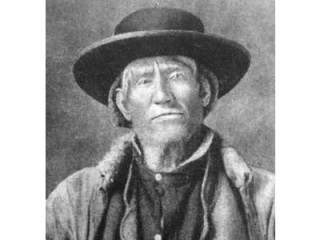I do believe most of your problemos within your cabinet lies in selection...maybe you should look for people who obtained their experience the old fashioned way....actually in the field of fire and obtained their PhD's via the college of Hard Knocks vs Elite Universities and careers in Congress which was not the intention of our founding Fathers... look for the Jim Bridger types:

James Bridger was born on March 17, 1804, at Richmond, Va. In 1812 the family moved west to Missouri, where all but Jim soon died. At 13 he became a black-smith's apprentice and apparently learned how to handle machinery, horses, and guns. In March 1822 Bridger started his frontier life by joining the party of trappers being organized at St. Louis by William H. Ashley. That year the men traveled up the Missouri to trap along its tributaries in the Rocky Mountains.
For the next 20 years Bridger and other mountain men roamed throughout the western third of the United States. While trapping in late 1824, Bridger reached the Great Salt Lake, which he thought was part of the Pacific Ocean. Historians are unsure if Bridger was alone when he found the lake but credit him with first reporting it.
During his years in the West, Bridger trapped for several leading fur companies and in 1830 became one of five partners in the Rocky Mountain Fur Company. By the early 1840s, however, he realized that the supply of furs was nearly exhausted, and with Louis Vasquez he established Ft. Bridger. Built on the Green River in south-western Wyoming, this post became a major way station on the Oregon and California trails, a military fort, and a Pony Express station. In 1853 the Mormons drove Bridger and his partner away and confiscated their property because they purportedly had provided guns and anti-Mormon information to the Native Americans.
Bridger's career as a guide spanned from 1849 to 1868. During this time he led Capt. Howard Stansbury to Utah, Col. Albert S. Johnston during the so-called Mormon War, and Capt. William Raynolds to the Yellowstone. In 1861 he led Capt. E.L. Berthoud and his survey party west from Denver through the mountains to Salt Lake City, and for the next several years he guided army units sent west to guard overland mail. Between 1865 and 1868 he guided several expeditions and survey parties over the Bozeman, or Powder River, Trail. In 1868 he retired to his farm in Missouri, where he died on July 17, 1881.
During his years on the frontier Bridger had been married three times to Native American women. In 1835 he married the daughter of a Flathead chief. When she died, he acquired a Ute wife, and after her death he wed the daughter of a Shoshone chief. Described as tall and muscular by his contemporaries, Bridger was considered shrewd, honest, and brave. His life exemplifies the achievements of a leading frontiersman of the mid-19th century.
The best study of Bridger's career is J. Cecil Alter, James Bridger, Trapper, Frontiersman, Scout, and Guide (1925; rev. ed. 1962). This includes a thorough discussion of his actions and an evaluation of the many folktales surrounding his life. An earlier account is Grenville M. Dodge, Biographical Sketch of James Bridger (1905), supposedly based on stories Bridger told to the author. Dale L. Morgan, Jedediah Smith and the Opening of the West (1953), examines many of the same people and events from a different perspective and provides additional insight into Bridger's life and contributions.
No comments:
Post a Comment